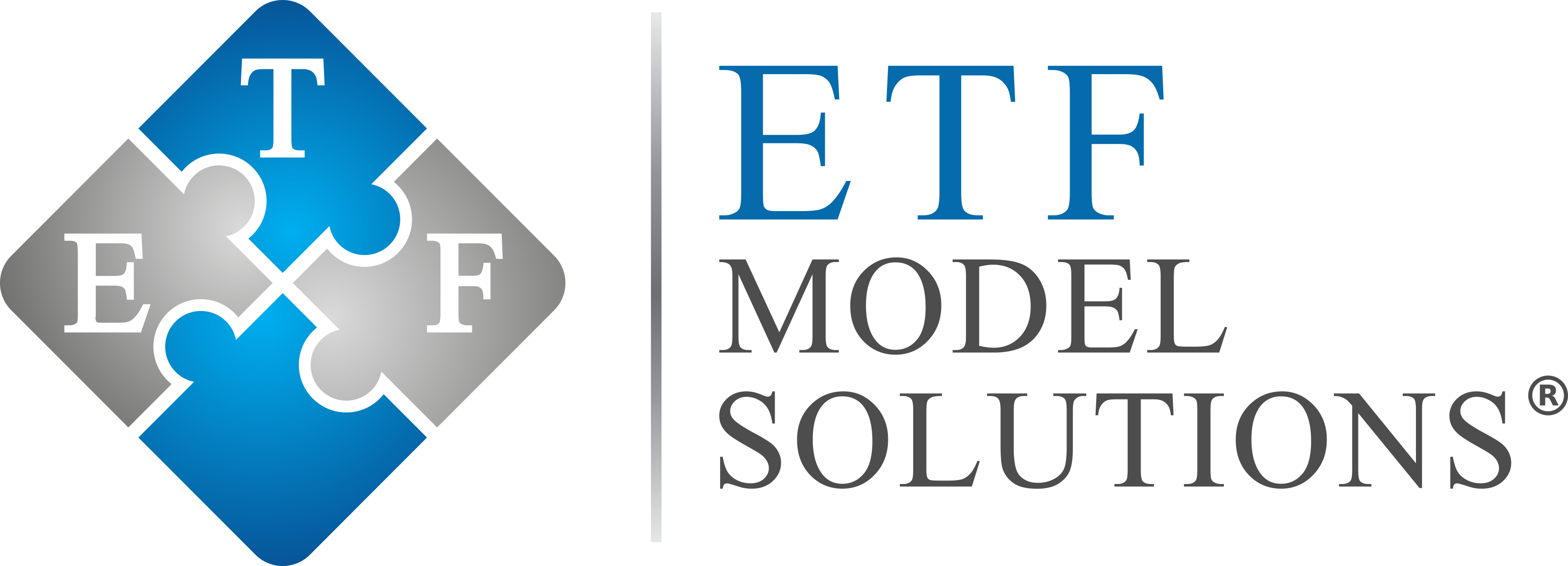White Papers
- Home
- White Papers
Alternative Investments- General
White Paper- White Paper_Alternative Investments-Its Time To Pay Attention. Currently at US$10 trillion, global assets in alternative investments are expected to grow to $18.1 trillion in 2020In this April 2015 white paper, Strategy& discusses the reasons behind growth in the alternatives space and interest in alternatives from the retail space, the increasing use of alternatives by advisers, and the opportunities and challenges that this growth has for asset managers.
Asset Allocation
White Paper: The Role of Multi-Asset Solutions of Indexing by DJ Indices. Three evolving trends in asset allocation processes include
White Paper- White Paper_Alternative Investments-Its Time To Pay Attention. Currently at US$10 trillion, global assets in alternative investments are expected to grow to $18.1 trillion in 2020In this April 2015 white paper, Strategy& discusses the reasons behind growth in the alternatives space and interest in alternatives from the retail space, the increasing use of alternatives by advisers, and the opportunities and challenges that this growth has for asset managers.
Strategic-Tactical
Tactical asset allocation allows for a range of percentages in each asset class (such as Stocks = 40-50%). These are minimum and maximum acceptable percentages that permit the investor to take advantage of market conditions within these parameters. Thus, a minor form of market timing is possible, since the investor can move to the higher end of the range when stocks are expected to do better and to the lower end when the economic outlook is bleak.
